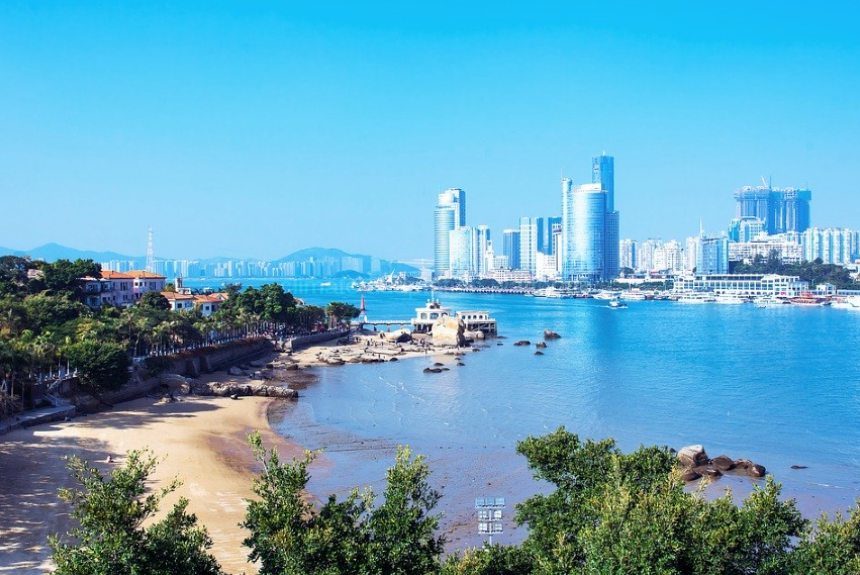Climate change and urbanisation are the two challenges faced by cities globally. Urbanization is a major driver of greenhouse gas (GHG) emissions, with cities consuming 67-76% of global energy and generating 71-76% of carbon emissions.
Climate adaptation and mitigation need to be prioritised and included in land use planning to address the challenges of climate change and the adverse effects of urbanisation.
The study by Lilai Xu, Xiaoming Wang and others looks at the role of urban land use in both climate mitigation and adaptation using Xiamen, a coastal city in China, as a case study. They investigated the trade-offs between climate change mitigation and adaptation in land use planning.
According to the researchers, land use planning has the potential to combat climate change as long that a balance between mitigation and adaptation is achieved.
Mitigation and adaptation have been considered separately in most urban planning as the resulting trade-offs between them have not been studied well—specifically, what urban forms could reduce greenhouse gas emissions and climate stresses while considering trade-offs between them.
Using the coastal city, researchers found that unilateral land use strategies with either mitigation or adaptation can have contradictory results in reducing GHGs and climate stresses. The study wanted to identify a win-win solution in land use response.
The results of the study show that the appropriate urban form that could yield a balanced trade-off between climate adaptation and mitigation is an urban planning strategy that features the following:
- a moderate population density that limits urban sprawl and eases the overcrowding of urban centres
- apply a moderate mix of residential, workplace, retail and leisure areas.
- High road connectivity with enough intersections
- Properly planned and well-protected green spaces.
This urban form overlaps with the idea of polycentricity, which advocates multiple centres in the same metropolitan area to distribute population and economic activities rather than being concentrated in the main centre.
This climate-smart approach in land use planning can minimise trade-offs and achieve a win-win solution for mitigation and adaptation. This approach should be implemented without much delay to obtain co-benefits (decrease in transportation emissions per capita, reduction of urban heat island (UHI), and coastal inundation resiliency).
The delay could mean uncontrolled sprawl of urban areas, which reduces land spaces available in the future and the potential for other actions to be implemented.
The study’s major findings are generalizable and transferable and can be applied to other cities with similar problems.
Source:
Xu, L., Wang, X., Liu, J., et al. (2019, December). Identifying the trade-offs between climate change mitigation and adaptation in urban land use planning: An empirical study in a coastal city. Environment International. Volume 133, Part B. Retrieved from https://www.sciencedirect.com/science/article/pii/S0160412019313522



Leave a Reply